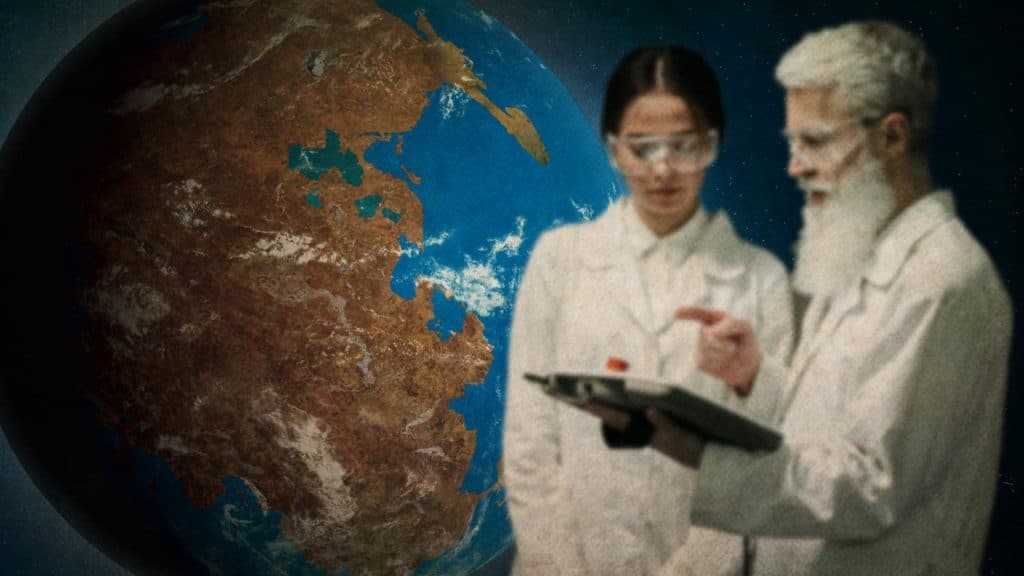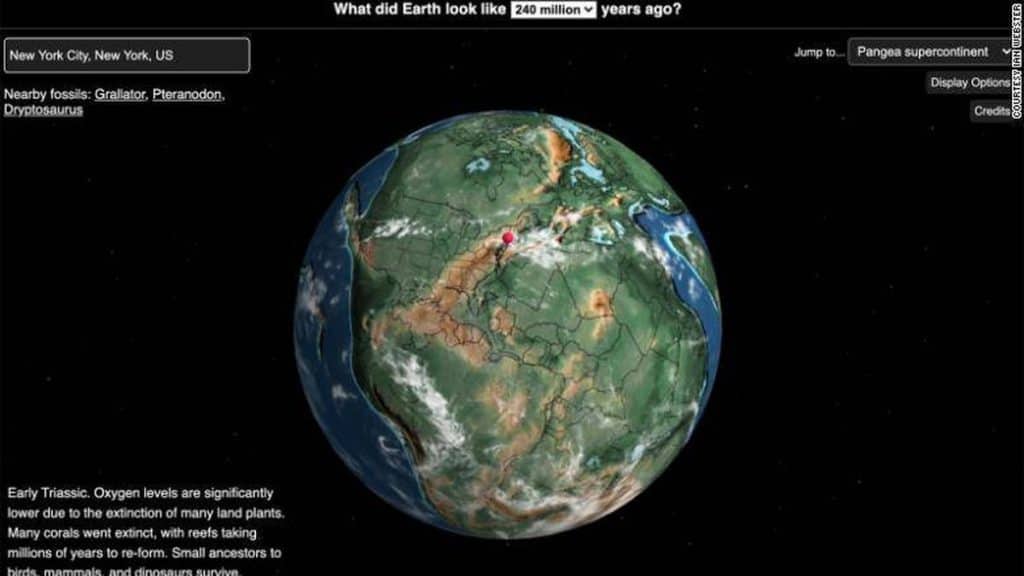
The researchers predict that over the next 300 million years, all of the planet’s continents will move toward each other, forming a new supercontinent called Amasia. It is believed that the prolonged process could cause the total closure of the Pacific Ocean.
In a new study, published in the National Science Review, Curtin University researchers attempted to look into the future to see what Earth’s terrain might look like. Their study led them to conclude that extroversion is the most likely outcome for the next supercontinent.

Speaking about the study, lead author Chuan Huang said: «Over the last two billion years, Earth’s continents have collided to form a supercontinent every 600 million years, known as the supercontinent cycle.
«This means that the current continents will come together again in a couple of hundred million years.»
Huang said the new supercontinent will see Australia merge with Asia.
Adding: «The resulting new supercontinent has already been named Amasia because some believe the Pacific Ocean will close (unlike the Atlantic and Indian Oceans) when the Americas collide with Asia.
Recommended: New images show that the Dart collision was stronger than expected
«Australia is also expected to play a role in this major land event, first colliding with Asia and then connecting the Americas and Asia once the Pacific Ocean closes.»





